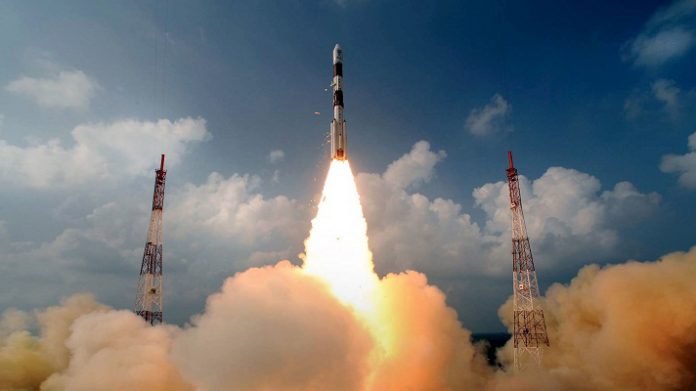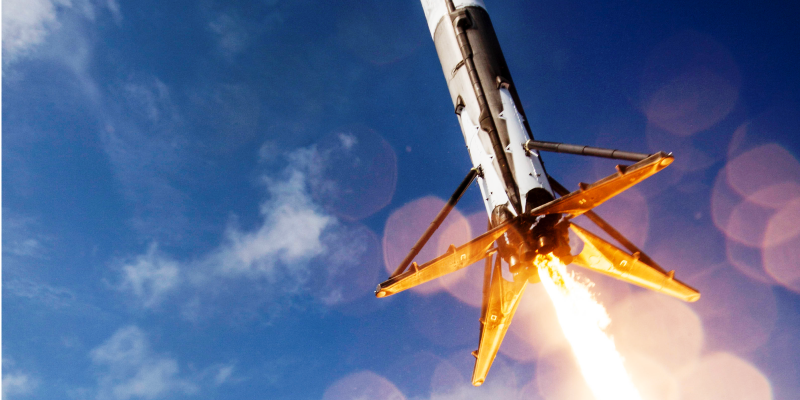India has etched a new record amongst the global space explorers on February 15, 2017, with the successful launch of a record 104 satellites by ISRO’s Polar Satellite Launch Vehicle (PSLV) in a single mission.
In PSLV’s 39th flight, the vehicle carried 104 satellites lifting it off from the first launch pad at Satish Dhawan Space Centre in Sriharikota at 09:28 hrs.
With a time-frame of about 11 minutes, the rocket started placing the satellites into orbit, one by one, after seventeen minutes of its launch.
Out of the total 104 satellites placed in orbit, 101 satellites belonged to six foreign countries. They included 96 from the US and one each from Israel, the UAE, the Netherlands, Switzerland and Kazakhstan.
The first satellite to be infused by the PSLV was the Cartosat- 2 series, India’s indigenously built earth observation satellite, followed by two other nanosatellites of ISRO —- INS-1A and INS-1B.
In less than 10 minutes, the rocket discharged the rest 101 foreign nanosatellites, as it travelled up in altitude reaching the polar sun synchronous orbit.
Russian Space Agency held a record of launching 37 satellites in one go during its mission in June 2014. India previously launched 23 satellites in a single mission in June 2015.
“My hearty congratulations to the team. The Prime Minister has conveyed his congratulations,” ISRO chairman A S Kiran Kumar said.
Director, ISRO Satellite Centre Mayilsamy Annadurai said, “We can also hit centuries like our cricketers. In another two months, the number of satellites built by ISRO will reach 100. Besides GSLV missions, we have get Chandrayan – 2 ready for launch next year.”
Mission director B Jayakumar said the launch involved complex issues in management and maneuvering, “A great moment for each and every one of us. We have so far launched 226 satellites including 179 foreign satellites,” he said.
Director of the Vikram Sarabhai Space Centre K Sivan said it was the toughest mission they had handled. “We had to ensure they don’t collide,” he said.
“Last year we saw nine successful launches. This year began with a remarkable event.
Congratulations to customers on placing confidence on Isro’s PSLV,” said director of Satish Dhawan Space Centre P Kunhikrishnan.
Like its predecessors, the 664kg Cartosat -2 is equipped with panchromatic and multispectral cameras that will provide remote sensing services.
These Images taken from the satellite will be used for cartographic applications, urban and rural applications, coastal land use and regulation, utility management like road network monitoring, water distribution, creation of land use maps, change detection to bring out geographical and manmade features and various other land information system (LIS) and geographical information system (GSI) applications.
INS-1A and INS-1B are versatile and modular nanosatellite bus system envisioned for future science and experimental payload.’
Among the foreign satellites, 88 cube satellites belonged to San Francisco-based earth imaging startup Planet. With the launch, the company has increased its fleet to 143 satellites which will soon begin capturing images of the earth’s entire landmass, including India, every day.
Eight other satellites belonging to Spire Global, US, will provide services for vessel tracking and weather measurement.
The nanosatellites from Israel, Kazakhstan, the Netherlands, Switzerland and the UAE are mostly technology demonstrators.









